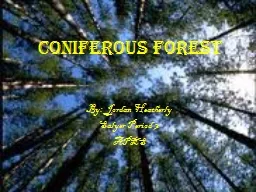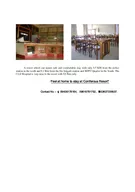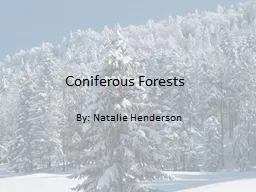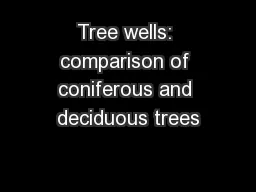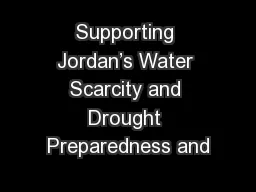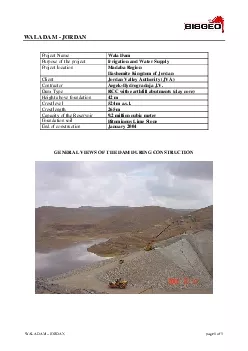PPT-Coniferous Forest By: Jordan
Author : lindy-dunigan | Published Date : 2018-11-06
Heatherly Salyer Period 3 APES Locations Coniferous forests are found mostly in Canada and Asia However they are also commonly found in the US and Europe Northern
Presentation Embed Code
Download Presentation
Download Presentation The PPT/PDF document "Coniferous Forest By: Jordan" is the property of its rightful owner. Permission is granted to download and print the materials on this website for personal, non-commercial use only, and to display it on your personal computer provided you do not modify the materials and that you retain all copyright notices contained in the materials. By downloading content from our website, you accept the terms of this agreement.
Coniferous Forest By: Jordan: Transcript
Download Rules Of Document
"Coniferous Forest By: Jordan"The content belongs to its owner. You may download and print it for personal use, without modification, and keep all copyright notices. By downloading, you agree to these terms.
Related Documents

